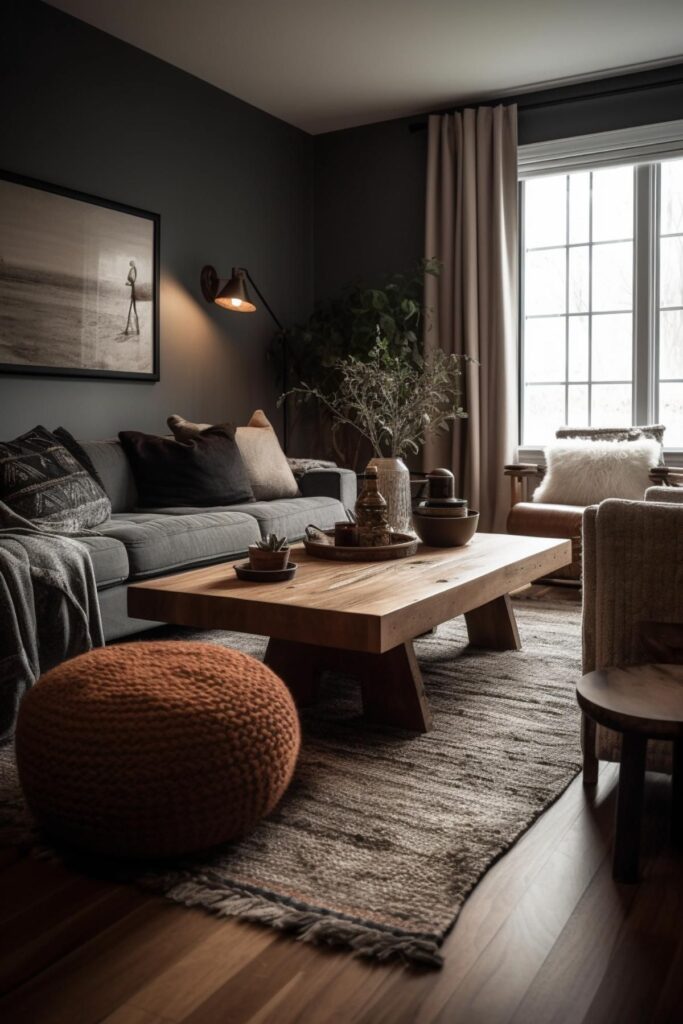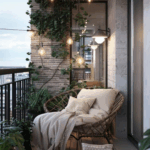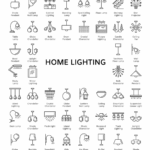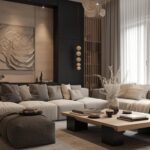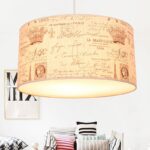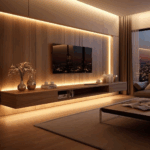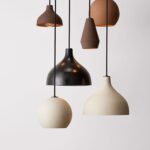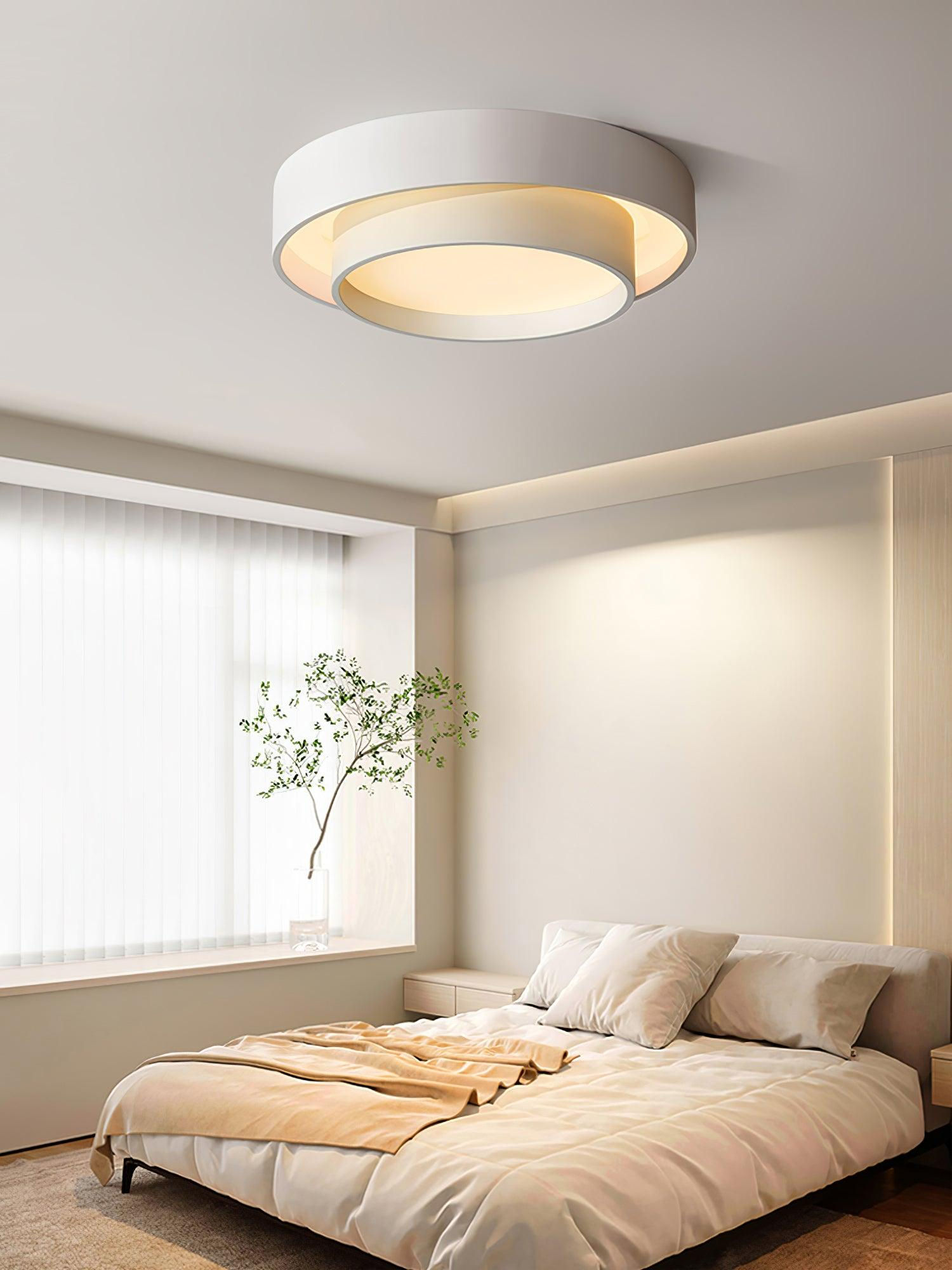
Living room lighting is an essential aspect of interior design as it can greatly impact the ambiance and functionality of the space. When planning the lighting for a living room, it is important to consider the different types of lighting available, including overhead lighting, task lighting, and accent lighting. Overhead lighting, such as ceiling lights or chandeliers, provides overall illumination and sets the tone for the room. Task lighting, such as table lamps or floor lamps, is essential for reading or completing tasks in specific areas of the room. Accent lighting, such as wall sconces or spotlights, can highlight architectural features or artwork. Additionally, it is important to consider the natural light sources in the room and how they will affect the overall lighting design. By combining these different types of lighting and layering them throughout the room, homeowners can create a well-lit and inviting living space that meets their aesthetic and functional needs.
The lighting in a living room plays a crucial role in creating the overall ambience and atmosphere of the space. Proper lighting can enhance the aesthetics of the room and make it more functional for various activities like reading, watching TV, or entertaining guests. When designing the lighting for a living room, it is important to consider both the natural and artificial light sources. Natural light can help to create a warm and inviting atmosphere, while artificial light can be used to supplement and enhance the natural light.
One of the most popular lighting options for living rooms is overhead lighting, which can come in the form of chandeliers, pendant lights, or flush mount fixtures. These types of lighting fixtures can provide general illumination for the entire room and can be controlled with a dimmer switch to adjust the brightness level based on the time of day or the mood you want to create. Additionally, wall sconces or track lighting can be used to highlight specific areas of the room, such as artwork, bookshelves, or architectural features.
In addition to overhead and accent lighting, task lighting is essential for providing focused light for specific activities like reading or working on a laptop. Floor lamps, table lamps, and desk lamps are all great options for adding task lighting to a living room. These types of lighting fixtures can be positioned near seating areas or workspaces to provide ample light without creating glare or shadows. By layering different types of lighting in a living room, you can create a balanced and visually appealing space that is both functional and stylish.
 Decor ideas Style Starts Here
Decor ideas Style Starts Here
